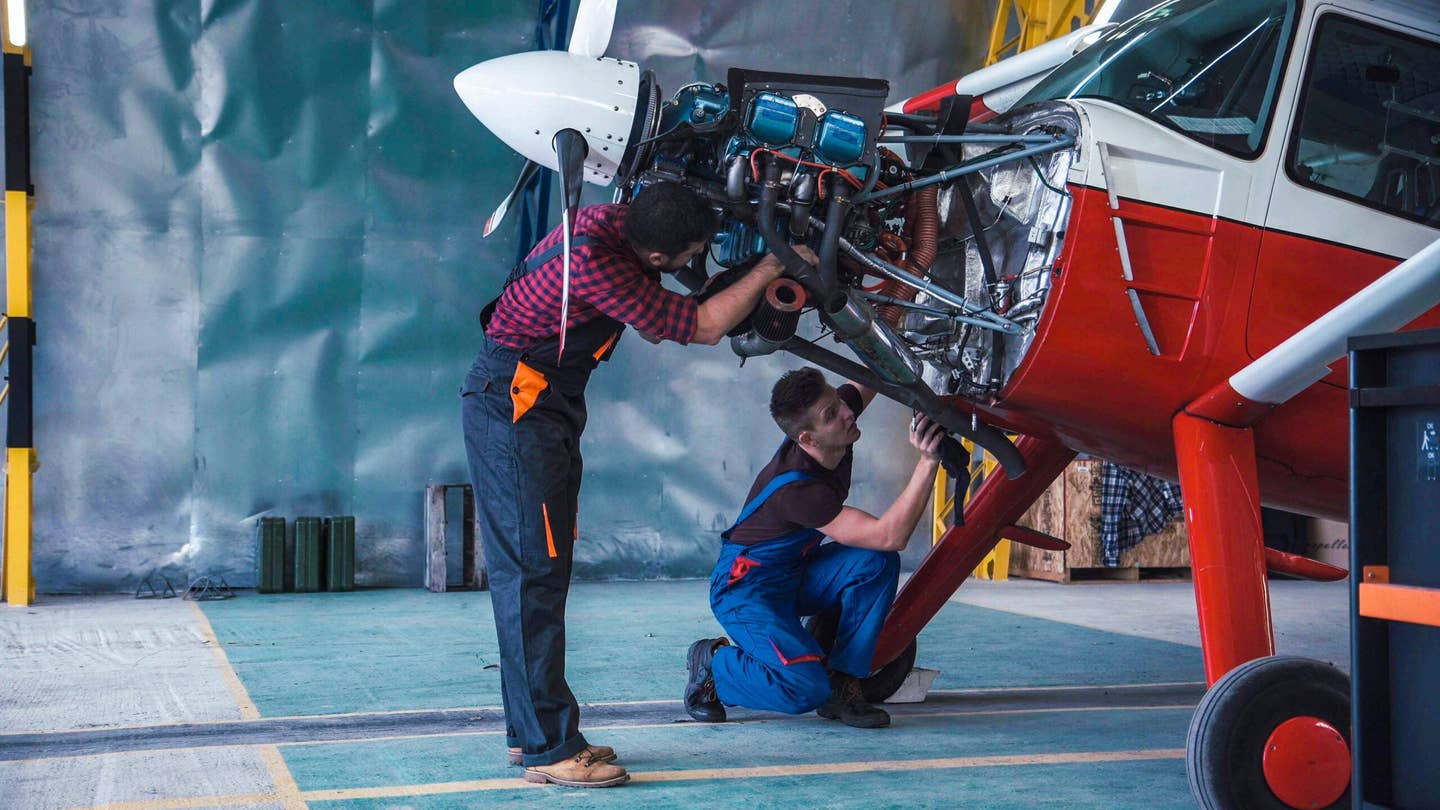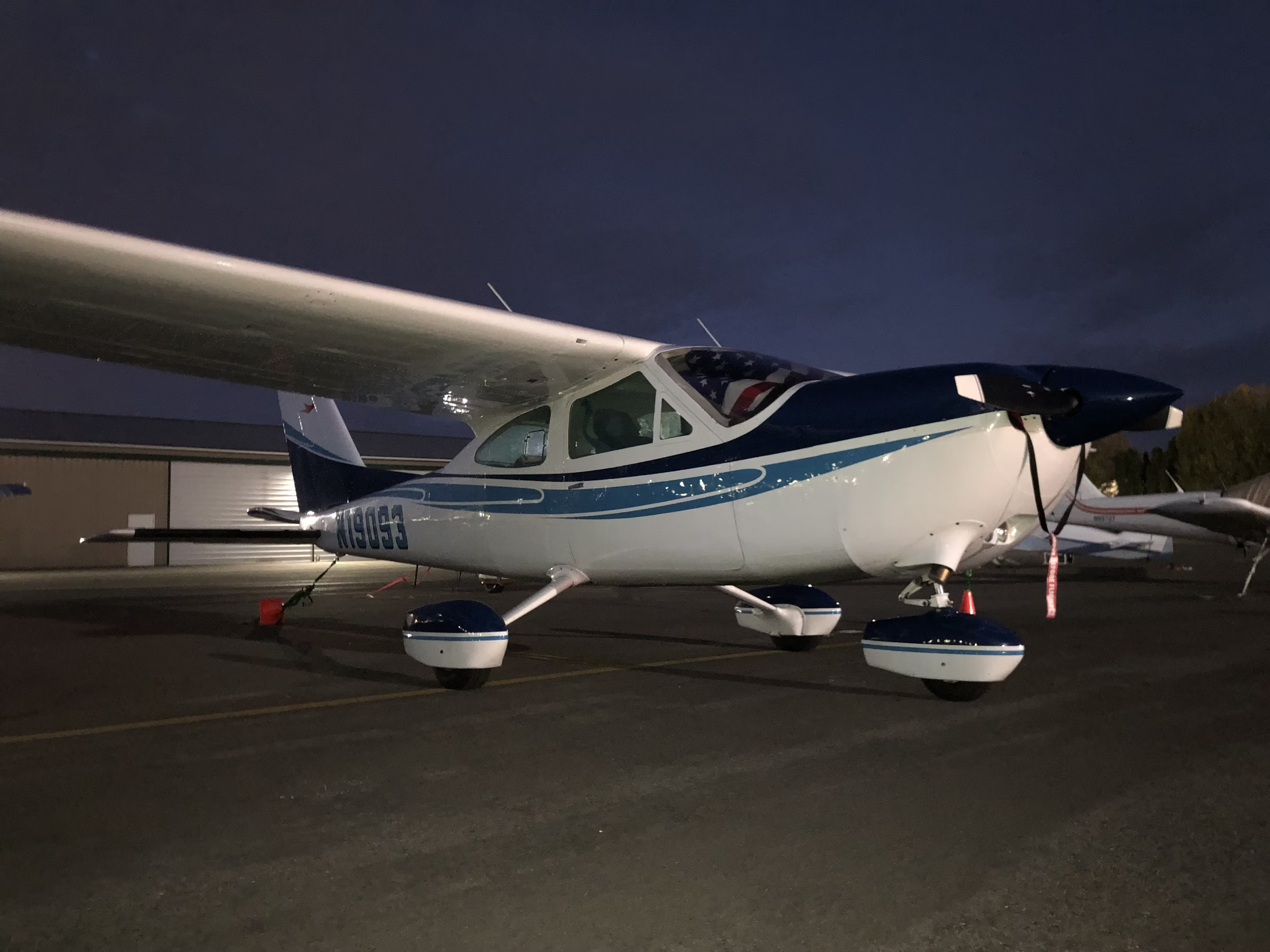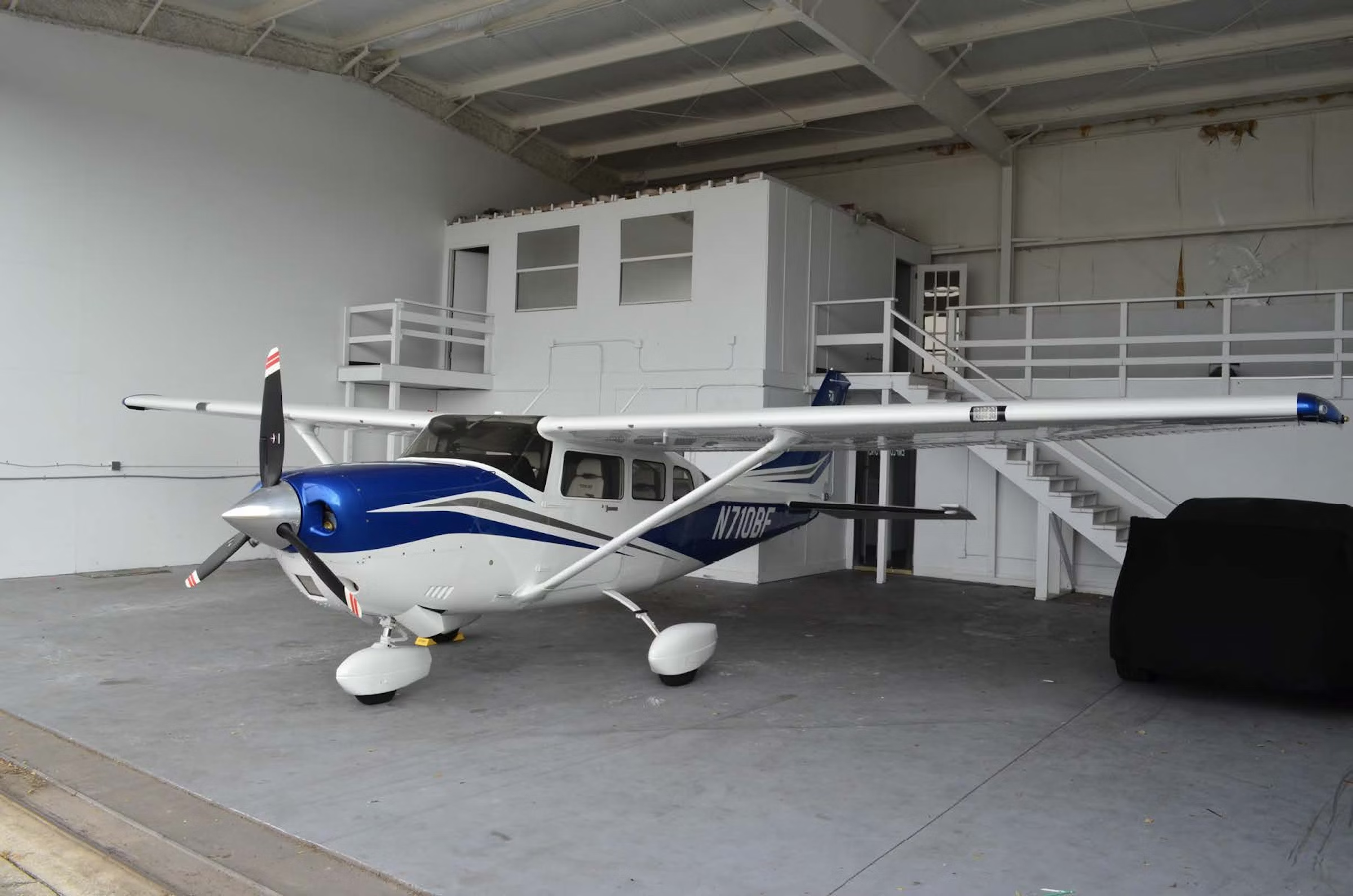What to Know About Supplemental Type Certificates
Can an approved solution—a supplemental type certificate (STC)— void a manufacturer’s warranty?

An STC is needed to make a major change to the airplane, such as installing new technology, changing the engine, or updating the interior. [Credit: Adobe Stock]
Recently, following the emergence of a Cirrus service advisory regarding the use of GAMI's G100UL unleaded aviation gasoline, I was asked, can an approved solution—a supplemental type certificate (STC)— void a manufacturer's warranty? Isn't the FAA approval the gold stamp one needs to fly off into the sunset with a clean bill of airworthiness?
Like everything else in aircraft maintenance, it depends.
The truth is something can be FAA approved and still not recognized or authorized by the aircraft's OEM. Often, owners and maintainers will use alternate means of compliance to achieve airworthiness. These solutions include, but are not limited to, a parts manufacturer's approval (PMA), designated engineering representative (DER) repairs, and STCs.
GAMI applied, and the FAA awarded STC approval for G100UL. Its unleaded gasoline is an alternative to 100LL avgas. An STC, although legal, still raises questions for some.
What Is an STC?
The FAA issues an STC to approve a significant change or modification to an airframe, engine, or propeller operating with a current type certificate.
The FAA defines it as follows: "A supplemental type certificate (STC) is a type certificate (TC) issued when an applicant has received FAA approval to modify an aeronautical product from its original design. The STC, which incorporates by reference the related TC, approves not only the modification but also how that modification affects the original design."
For complex design modifications, the Aircraft Certification Office may ask that you follow the Original Design Approval Process.
When Is an STC needed?
One needs an STC to make a major change to the airplane, such as installing new technology, changing the engine, or updating the interior. One must ensure that these changes meet safety standards.
An STC is required in these instances:
- Avionics upgrades, such as adding updated navigation or communication systems
- Engine conversions, such as switching to a different engine for better performance or efficiency
- Interior refurbishments, such as modifying seating arrangements or adding new features
When an applicant embarks on the STC path, they must adhere to strict criteria outlined in the FAA's Application to Issuance process. The 17-step process ensures only the best viable solutions obtain STC approval. Ultimately, the FAA states that an STC will be issued only if:
- Pertinent technical data have been examined and found satisfactory
- All necessary tests and compliance inspections have been completed
- Alteration has been found to conform with the technical data
Great, but what does that mean?
It means that someone decided to alter the OEM design, thereby changing how the aircraft performs, introducing a new technology, or changing its mission. STCs come in all shapes and sizes, and most fly undetected under the radar.
However, in the case of G100UL, this issue is front-row center of the headlines. Why? Because in the aviation aftermarket, change is scary.
Importance of an STC
Longtime readers will know that we stick to the book at Maintaining Your Airplane. You will note I did not mention the OEM.
Although essential, there are other means of airworthiness compliance. It all starts with documentation: logbooks, flight records, and FAA forms. The STC documents the alterations made to the aircraft, which is essential for safety and compliance.
The STC accomplishes three main objectives:
- Standardization: Ensures that modifications meet FAA safety standards
- Airworthiness: Keeps your aircraft legally safe to operate
- Documentation: Provides a formal record of the approved alterations
Be wary of individuals who perform any work but fail to document it. Paperwork is the easiest part of maintenance—you don't even have to get dirty. Some mechanics may fight me on that, but my concern is, if they skimp on that, what other shortcuts will they take?
STCs in the Field
There is a misconception that only third-party entities develop STCs for the aftermarket. This is not true. Times change and often aircraft are modified to adapt to that change.
For example, many Boeing 747 jumbo jets have been retired from passenger flying, but some have a new mission in cargo. Boeing has an STC to convert passenger 747 airliners into cargo carriers.
Would it surprise you that Boeing and its affiliates/partners have 159 STCs recorded in the FAA STC database? Airplane manufacturers sometimes need to update their type-certificated aircraft, and in some instances, the STC route is the most efficient.
Of course, most of the STCs available in the aftermarket are from third parties.
Duncan Aviation is the world's largest privately owned business jet service provider. It also has a well-stocked STC library, which is searchable on its portal. The website went live in 2019, and within the first three weeks, the company had 20 STC requests for quotes.
One solution currently making STC headlines is Starlink.
In March, AeroMech announced the issuance of an STC for Starlink on King Air 200/300 Series aircraft. It did not stop there, and Wednesday announced an STC for Citation 560XL Series aircraft.
As STCs are aircraft-specific, each model adding Starlink requires a new STC.

Sign-up for newsletters & special offers!
Get the latest FLYING stories & special offers delivered directly to your inbox






